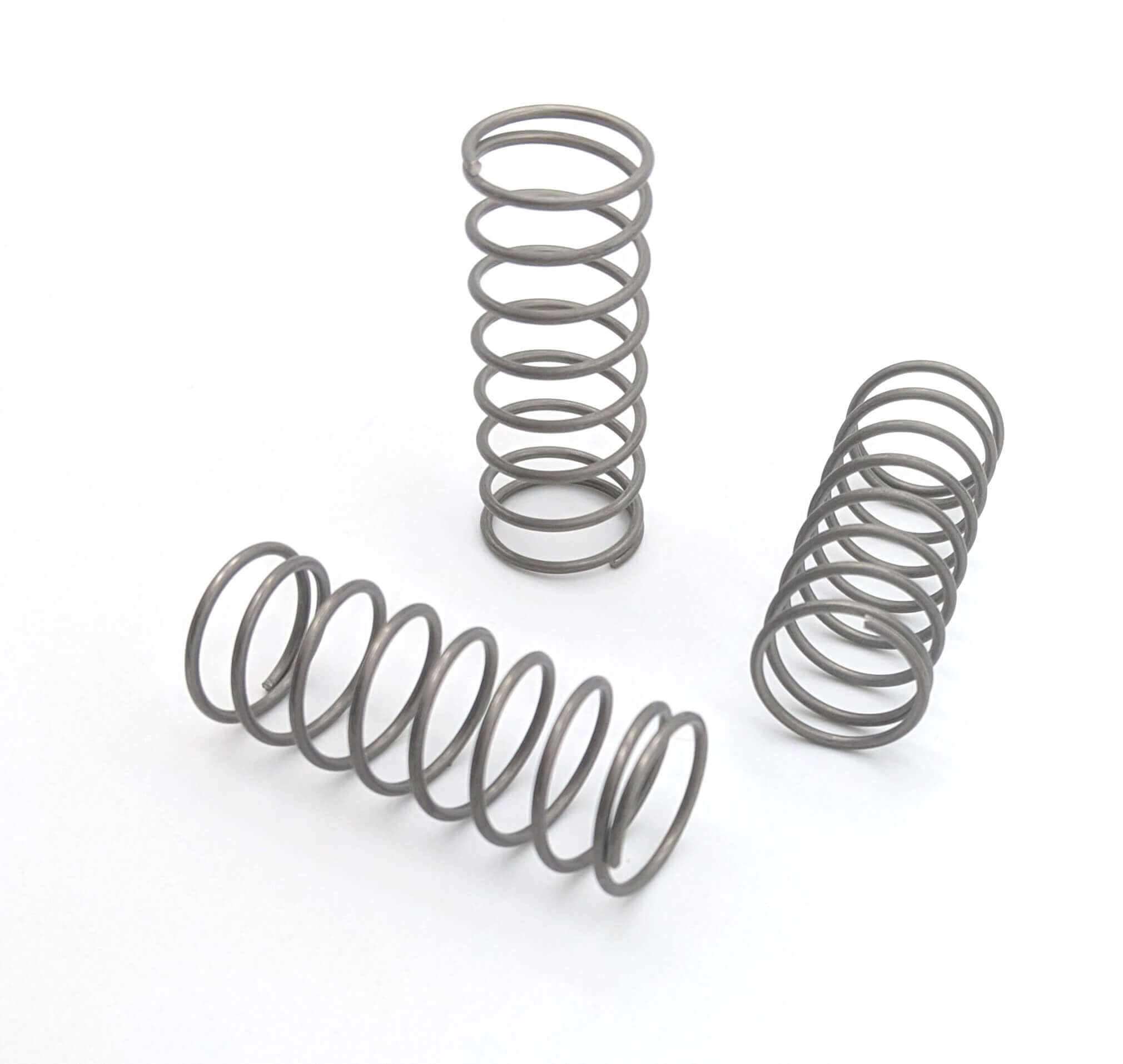Get unique, complex parts easily. No matter your requirements, Chaoyi Spring creates hard-to-produce coil springs and wire forms.
Let us help you create the custom wire form you need, from S-hooks and J-hooks to utility hooks and more.
We work closely with customers across a wide range of industries, helping them design and manufacture made-to-order parts.
Why choose Chaoyi Spring? We prioritize customer-focused collaboration, modern equipment and the latest technology to make your parts per print.
Find the information and guidance you need, from measuring a spring to learning about materials, placing an order and much more.
Springs, those ubiquitous components found in everything from door hinges to car suspensions, come in a variety of forms, each designed to perform a specific function. Among the most common


Springs, those ubiquitous components found in everything from door hinges to car suspensions, come in a variety of forms, each designed to perform a specific function. Among the most common types are tension springs and torsion springs. While both serve to store and release energy, they do so in fundamentally different ways, leading to distinct applications and advantages. Understanding these differences is crucial for choosing the right spring for your project, whether you're a DIY enthusiast or a seasoned engineer.

Tension springs, also known as extension springs, are designed to stretch or extend when a force is applied. Imagine a springy rubber band – that's a good example of a tension spring in action. These springs are characterized by their helical shape, with coils that are typically touching in their relaxed state. When you pull on a tension spring, the coils separate, storing energy within the spring's material.
Tension springs find applications in various scenarios where a pulling force is needed. They are used in:
Torsion springs, in contrast to tension springs, are designed to twist or rotate when a force is applied. Picture a spring used to wind up a toy – that's a classic example of a torsion spring. These springs are also helical, but instead of being stretched, they are twisted around their axis.
Torsion springs are commonly used in situations where a rotating force is required. They are found in:
The primary difference between tension and torsion springs lies in how they react to applied force. Here's a breakdown:
This fundamental distinction leads to their varied applications. Tension springs are ideal for situations where linear movement is needed, while torsion springs excel in applications requiring rotation.
When selecting a spring for your project, several factors are critical to consider. These include:
While tension and torsion springs are prevalent, the world of springs is far more diverse. Other notable types include:
Springs are fascinating and often overlooked components that play a critical role in our daily lives. Whether you're designing a complex machine or simply fixing a squeaky door, understanding the different types of springs and their unique properties is essential. By considering factors like load, deflection, material, and application, you can choose the perfect spring for your needs and ensure your project runs smoothly and efficiently.
Remember, when it comes to springs, the choice between tension and torsion is just the beginning. There's a whole world of spring types out there, each with its own set of characteristics and applications. So, next time you encounter a spring, take a moment to appreciate its intricate design and the vital role it plays in our technological world. And who knows, maybe you'll be inspired to invent a new type of spring for a project of your own!
Browse some of the custom wire forms and springs that we manufacture. Don’t see what you need? We specialize in made-to-order products that meet your application requirements.
Visit Our GalleryNeed a custom wire form or coil spring? We make it work. Fill out the contact form and a representative will respond within 1 business day. If you have a PDF or CAD file, you can submit to request a quote.